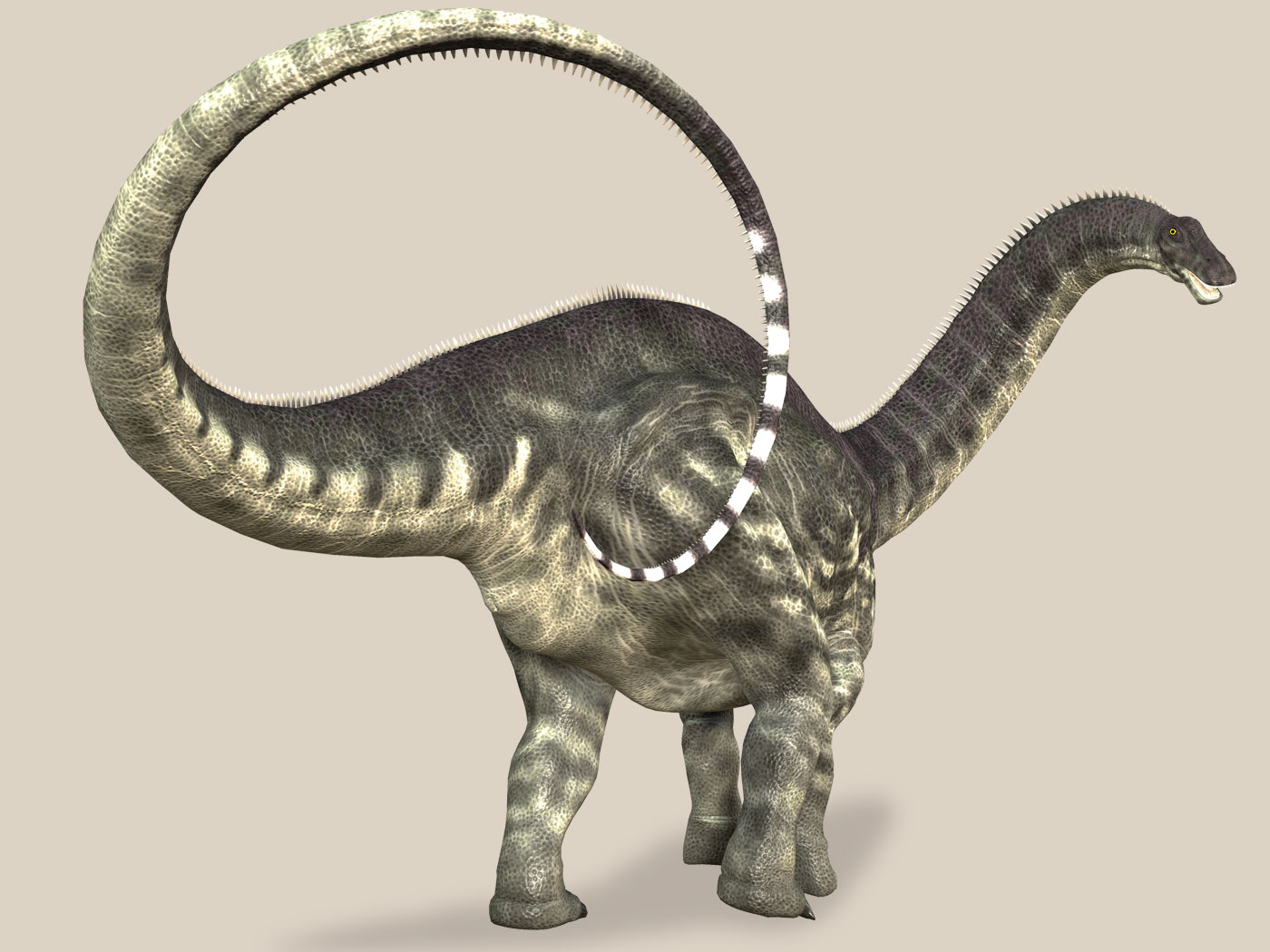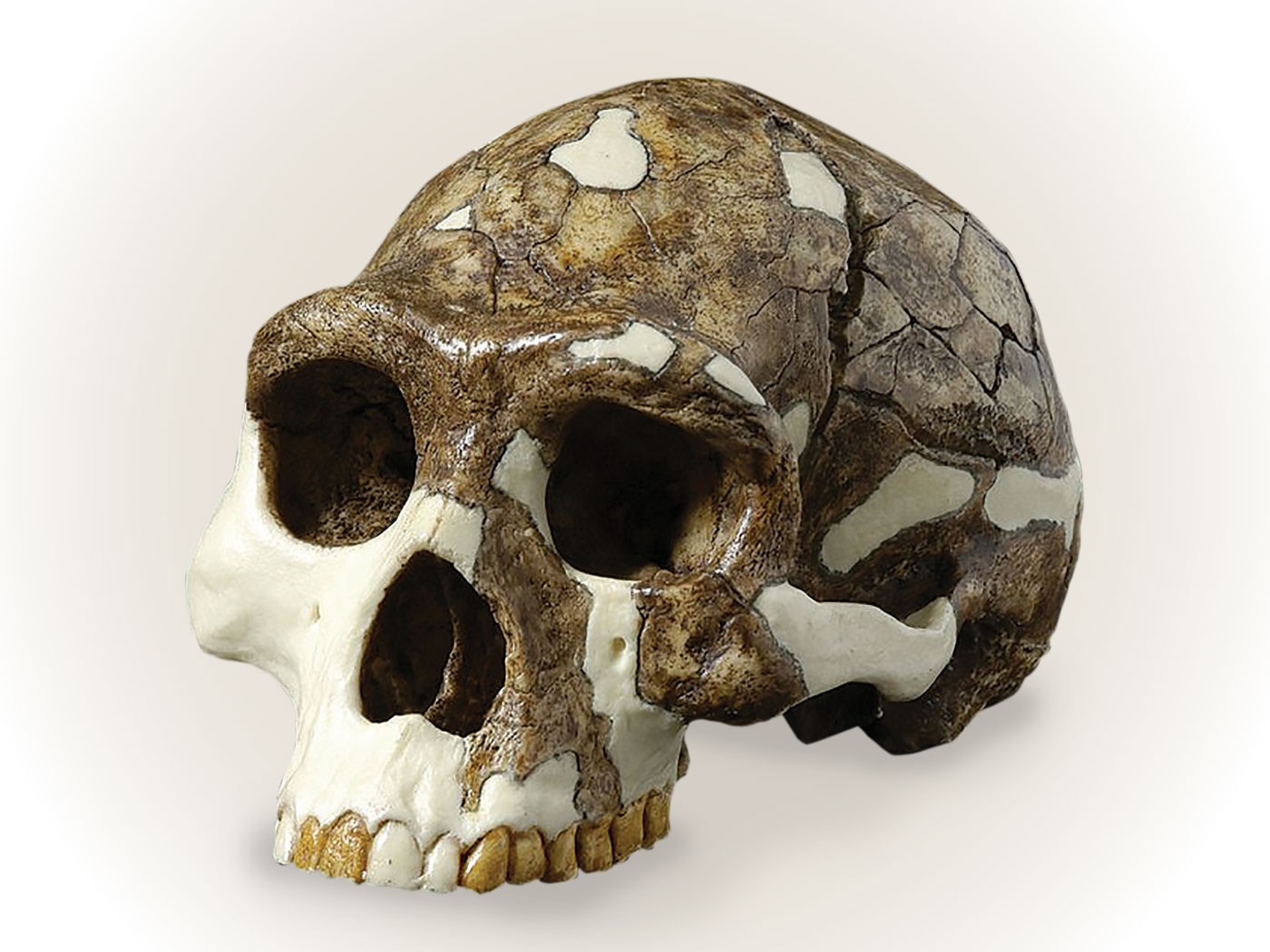Since the original 2005 chimpanzee genome report, researchers obtained and made available for public use additional chimpanzee DNA sequences, courtesy of federal tax dollars.1 However, this new chimpanzee DNA sequence is somewhat flawed—it is not represented on its own merit because researchers assembled the chimp genome’s sequence fragments based on the human genome framework.2, 3
Using the most recent version of the chimp genome, a sequential comparison to the human genome on an individual chromosome basis was performed at ICR.2 The chimp chromosomes were digitally sliced into individual files of varying DNA sequence lengths. Depending on the chromosome, optimal slice size was about 300 to 500 DNA bases long. Each slice was then compared to its human chromosome counterpart using previously optimized algorithm parameters.4 Using this approach, comparisons were optimized for each chromosome irrespective of gene or DNA feature regarding its linear order and position on the chimp chromosome.
This ICR research project defined the similarity for each chromosome as the percentage of chimp DNA that aligned (matched) to human DNA. This definition was somewhat conservative because it did not include the amount of human DNA that was absent from chimp DNA, nor did it include the chimp DNA that was not even similar enough to align to the human genome assembly.
For the primary chimp chromosomes (autosomes), the amount of optimally aligned DNA sequence provided similarities between 66 and 76 percent, depending on the chromosome. In general, the smaller and more gene-dense chromosomes showed higher DNA sequence similarity—although there were several notable exceptions. Only 69 percent of the chimpanzee X chromosome (female sex chromosome) and only 43 percent of the Y chromosome was similar to human DNA. Genome-wide, only 70 percent of the chimpanzee genome assembly was similar to human DNA under the most optimal sequence-slice conditions. These results actually confirm previous research where omitted data were included to produce much lower estimates of DNA similarity between humans and chimps for previously published secular reports.5, 6
While chimpanzees and humans share many localized protein-coding regions of high DNA similarity, the overall extreme discontinuity between the two genomes defies evolutionary timescales and dogmatic presuppositions about a common ancestor. These results illustrate the genetic and biblical fact that humans are not just another primate, but they are uniquely created in the image of God.
Reference
- The Chimpanzee Sequencing and Analysis Consortium. 2005. Initial sequence of the chimpanzee genome and comparison with the human genome. Nature. 437: 69-87.
- Tomkins, J. 2011. How Genomes are Sequenced and Why it Matters. Answers Research Journal. 4: 81-88.
- Tomkins, J. 2011. Response to Comments on “How Genomes are Sequenced and Why it Matters: Implications for Studies in Comparative Genomics of Humans and Chimpanzees.” Answers Research Journal. 4 (2011): 161-162.
- Tomkins, J. P. 2011. Genome-Wide DNA Alignment Similarity (Identity) for 40,000 Chimpanzee DNA Sequences Queried against the Human Genome is 86–89%. Answers Research Journal. 4 (2011): 233–241.
- Buggs, R. Chimpanzee? Reformatorisch Dagblad. Posted on refdag.nl October 10, 2008, accessed January 2, 2013.
- Tomkins, J. and J. Bergman. 2012. Genomic monkey business—estimates of nearly identical human-chimp DNA similarity re-evaluated using omitted data. Journal of Creation. 26 (1): 94-100.
* Dr. Tomkins is Research Associate at the Institute for Creation Research and received his Ph.D. in Genetics from Clemson University.
Cite this article Tomkins, J. 2013. Chromosome Comparison Shows More Chimp-Human Differences. Acts & Facts. 42 (2): 9.












